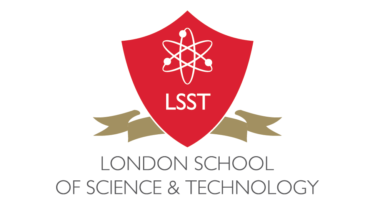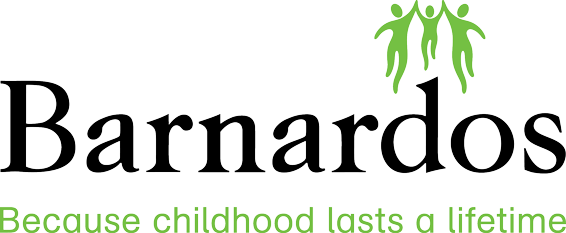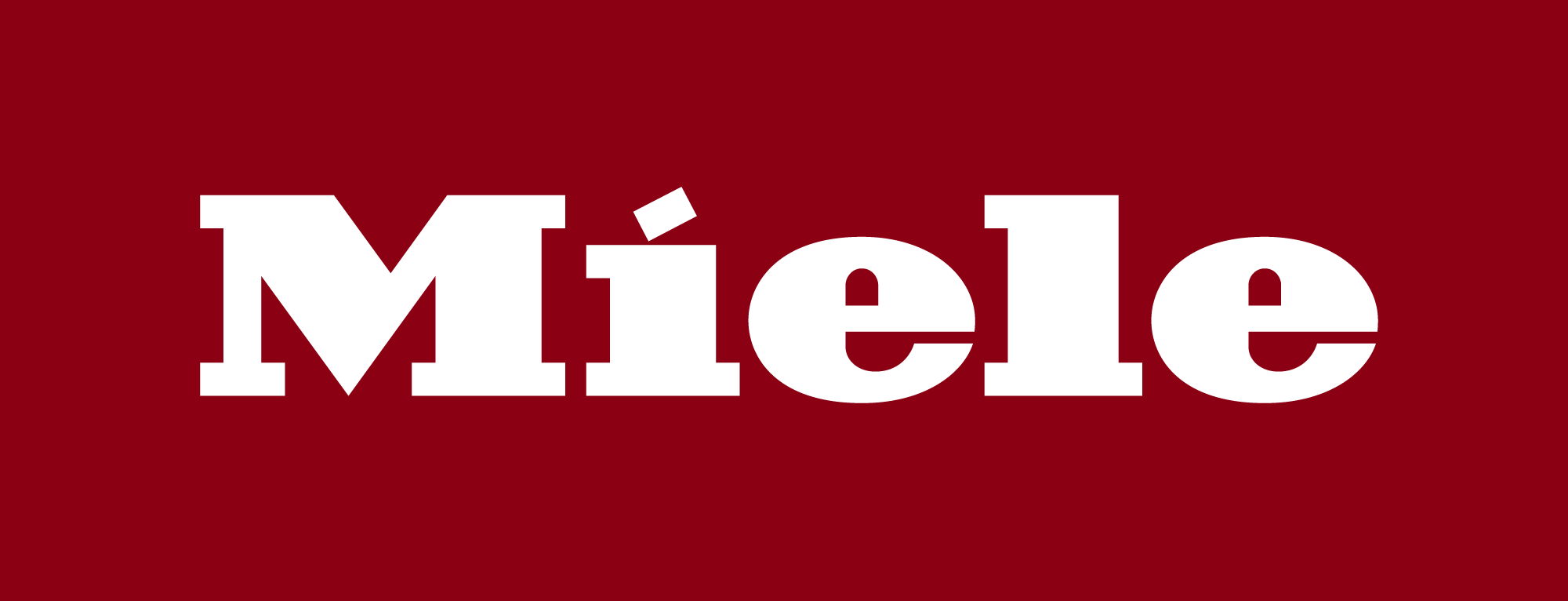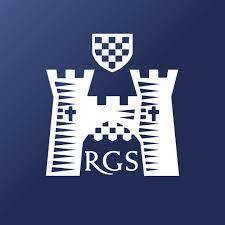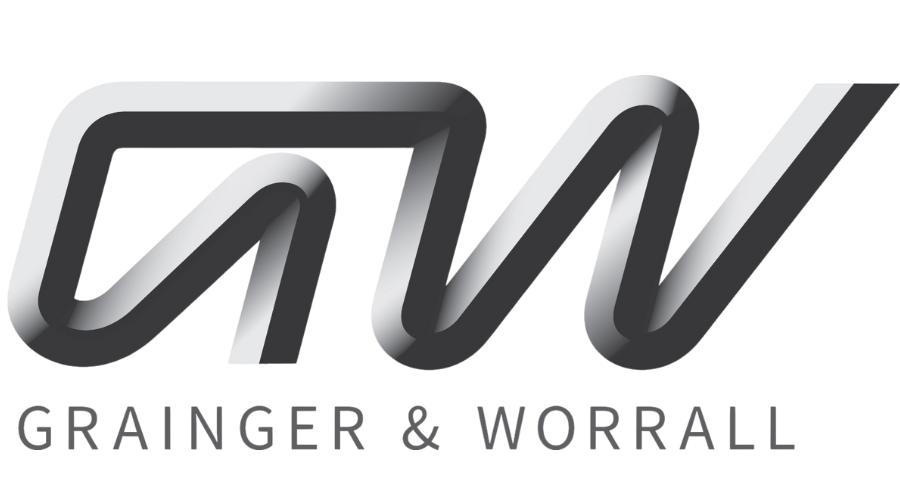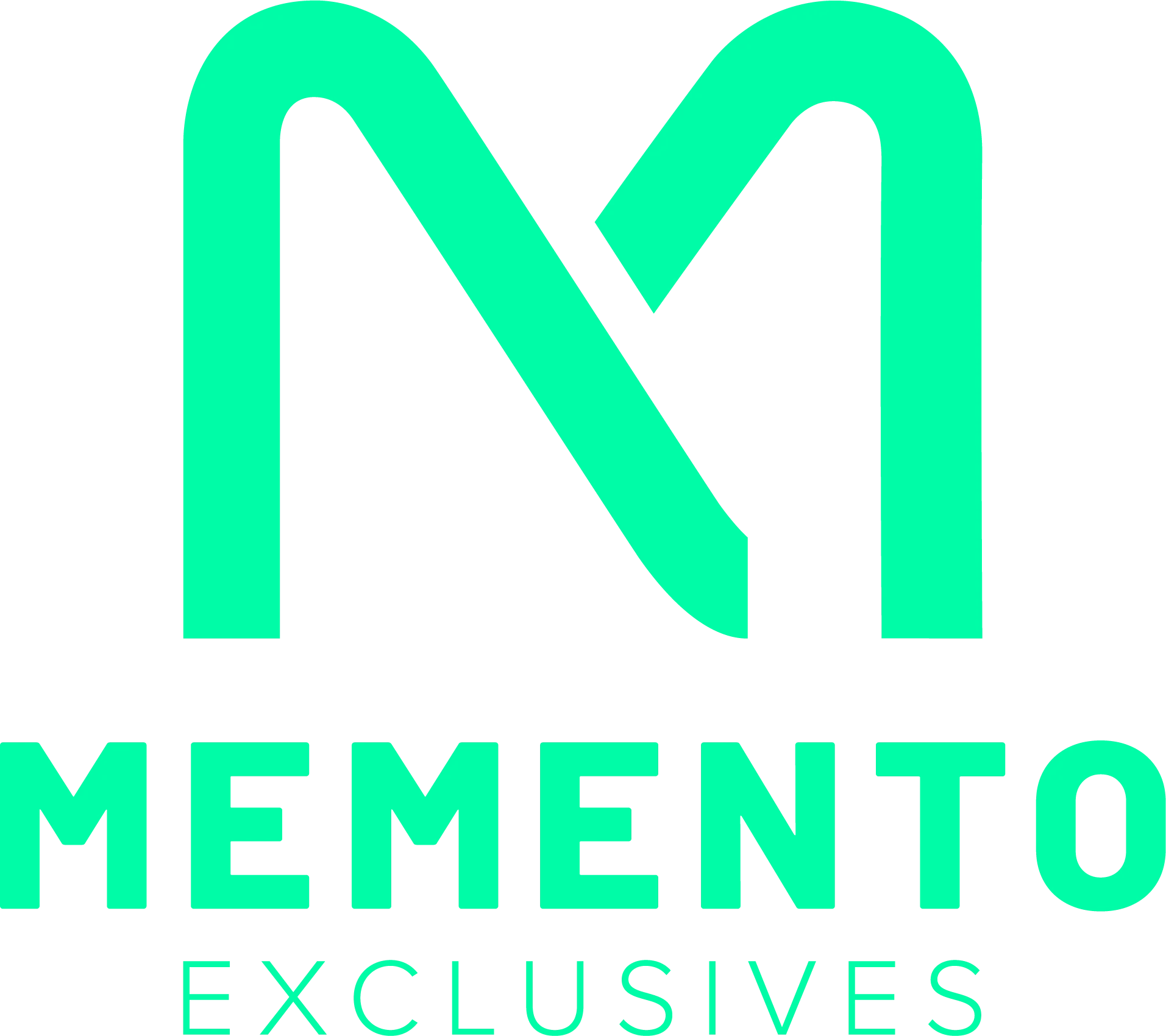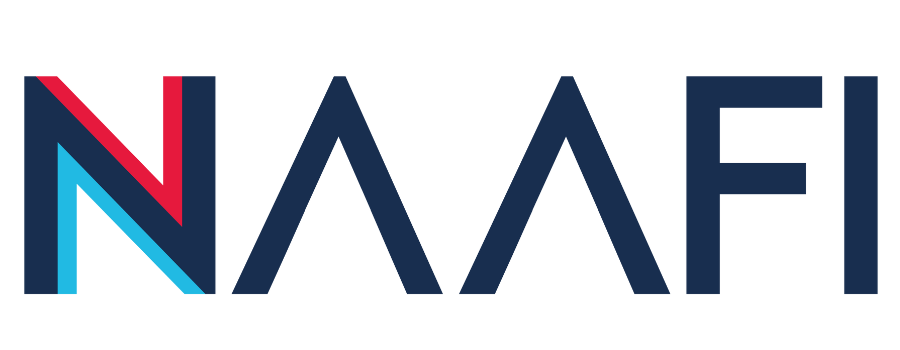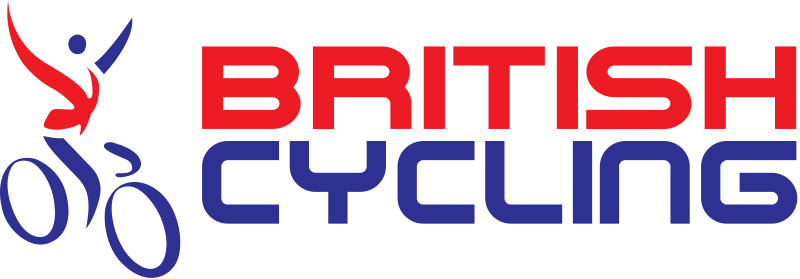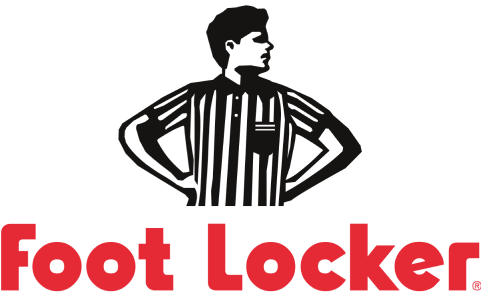Preparing Your Workforce For The Impact Of AI & Automation
Should HR leaders see the increasing adoption of AI and automation technologies within the business as the single biggest threat to their workforce?
It's very unlikely that those who predicted this technology would decimate the workforce will be proven right. For example, PWC predicted in 2020 that up to 30% of jobs were potentially subject to automation by mid 2030s (1).
But the reality is that businesses are struggling to fill the roles required to work-alongside these new technologies - because of the skills gap and a shortfall of the next generation being prepared by higher education.
There are certainly roles more impacted within major industries such as automotive and electronics manufacturing, who traditionally relied on the 'blue collar' worker. But those industries have been adapting to the Co-Bot reality for the last decade and are already retraining and redeploying this workforce. These blue-collar workers are being recategorised as 'new collar' workers, combining new digital skills with established and highly valuable technical knowledge and soft skills.
Building the business case to Upskill
HR leaders working in industries just starting to feel the impact of AI can learn from those who have already gone through the challenges of adapting their workforce.
43% of CEOs interviewed by PWC who have an established upskilling programme cite a higher productivity in their workforce, and 60% claimed it significantly improved employee engagement (2).
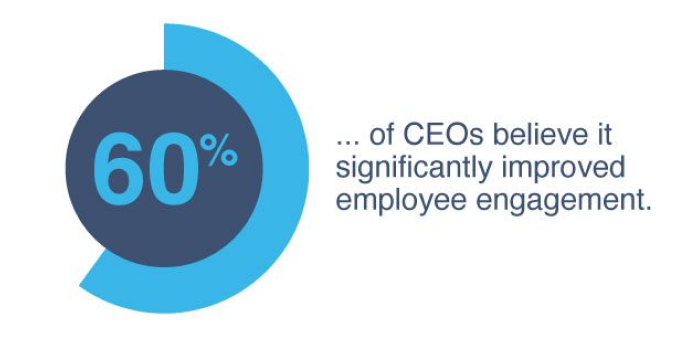
These are powerful stats and support the case for an organisation to invest in an upskilling programme. But there is still a long way to go.
Only 33% of 22,000 workers polled by PWC felt that they'd been given opportunities to develop digital skills outside their normal duties.
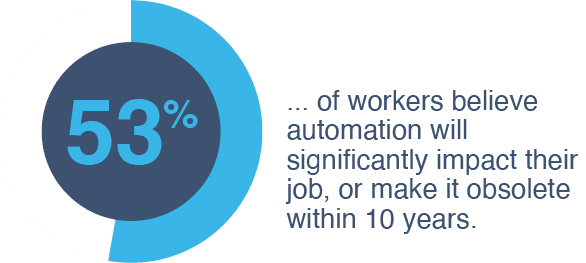
An upskilling programme will make the business more productive and improve both talent acquisition and retention, so if these workers don't feel supported by the business, what are they likely to do? Look for a better opportunity to develop their career and skills elsewhere.
Getting close to the CIO
Recent Gartner research found that 44% of the 800 HR leaders interviewed still didn't have a strategy to adapt to needs and challenges of AI and Automation.
Unlike normal recruitment strategies, preparing an AI and Automation workforce strategy for the next ten years means HR needs to be more closely aligned to the CIO and CTO to understand their needs. Knowing which technological investments are a priority for the business gives HR an opportunity to prepare the existing workforce and develop appropriate training and development plans with line managers across the business.
Building a Workforce Strategy with the four Rs
So what can HR leaders do to prepare the workforce, and bring a clear and effective plan to the boardroom?
We believe any plan should involve these 4 steps (and with the support of a little bit of HR tech of course!)
Step 1 | Re-evaluate
There are differing opinions on whether today's job profiles should be skill based or value based (which is a blog in itself so I'll avoid that for now). But without doubt the most common fault is that the job descriptions are simply outdated.
Not only are they representative of a skillset that is not aligned to the new business strategy, but it is often recycled to recruit new talent - further complicating the situation by recruiting for the wrong needs.
So the first task is the most complicated and time consuming. Working in collaboration with team and department managers there needs to be a re-evaluation of the skills and capabilities of the current workforce against the new business and IT strategy. Rewrite the job descriptions for existing employees and ensure that any new recruitment is based on this set of requirements.
Step 2 | Retrain
Once you have the cohorts defined, then it's time to prioritise. Now, here is where we differ from the consulting firms. They suggest focusing your efforts on the cohorts whose existing digital skills or foundational knowledge can be easily retrained to align to the required skill sets.
However, we believe this only worsens the skills gap within the organisation and has the potential to negatively impact your culture, employee engagement and retention. So we would recommend prioritising those with a mid-level digital knowledge, alongside a small cohort of those with a high level of existing digital knowledge to create relevant training plans.
The key to each employee buying in to the new plan is to show them their career path with a personalised training development plan, made easier with a modern HRIS.
Step 3 | Redeploy
Lower priority cohorts will normally consist of those whose digital skills will take much longer to develop or whose role will not be required to support the automation technology. They should still be invested in with digital skills. Redeploying these employees not only builds trust but also is fundamental pillar of a great people-first strategy.
Step 4 | Recruit
Finally, once you've exhausted all internal options, then that leaves recruitment as the next step.
Improving the success rate of a recruitment drive requires more than a relevant job description and a competitive package. This requires HR to collaborate with brand marketing to improve awareness of a new culture focused on upskilling employees in order to attract the best new talent into the business. Culture and a defined technology-led vision is essential when bringing new talent into the business. This is a topic we'll explore in future articles.
What happens if we don't adapt our strategy?
Good question. That is very much dependent on your industry and current adoption of AI and automation. But doing nothing is not an option. HR leaders have an opportunity to make a significant contribution to the future success of the business, its transformation and culture.
These are exciting times to be involved in HR, so we're interested to know how you're working to adapt your workforce strategy and the processes and programmes your implementing.





